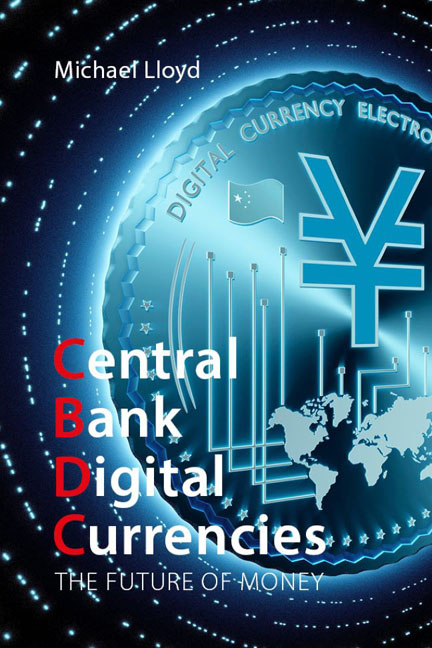Book contents
- Frontmatter
- Contents
- Introduction
- 1 Retail and wholesale CBDCs
- 2 Domestic monetary and legal implications
- 3 Technology
- 4 Impact on the commercial banking sector
- 5 The regional and international nexus
- 6 The future of money: the next decade
- Appendix 1 Retail CBDC case studies
- Appendix 2 Wholesale CBDC: cross-border examples
- References
- Index
4 - Impact on the commercial banking sector
Published online by Cambridge University Press: 20 January 2024
- Frontmatter
- Contents
- Introduction
- 1 Retail and wholesale CBDCs
- 2 Domestic monetary and legal implications
- 3 Technology
- 4 Impact on the commercial banking sector
- 5 The regional and international nexus
- 6 The future of money: the next decade
- Appendix 1 Retail CBDC case studies
- Appendix 2 Wholesale CBDC: cross-border examples
- References
- Index
Summary
The introduction of CBDCs is likely to have significant impacts on customers’ use of both current and deposit accounts at commercial banks whichever of the four model design variants is implemented. The BIS “recommendation” of an intermediation model would preserve much of the current role of the commercial banks, as would the indirect model, albeit at the potential risk of losing some of the CBDC's wider benefits. Criticism has been levied at the current commercial banking system and structure and the need for reform (see RSA 2020; Lloyd 2021). Moreover, in a speech in 2021, Sir Jon Cunliffe, Deputy Governor of the Bank of England stated that “It is not the responsibility of financial stability authorities to preserve any particular business models, including in banking” (Cunliffe 2021a).
However, CBDCs are not being introduced into a monetary system where commercial banks have an effective monopoly position. Indeed, one of the reasons given for the potential introduction of CBDCs is the increasing provision of competing peer-to-peer internet-based financial payment systems, now accompanied by the introduction of stablecoins and the concerns they raise as providing competing private money channels in relation to Forex (foreign exchange transactions) and cross-border securities exchange. What appears to be clear, at this stage, is that the extent of loan creation via existing alternative finance (AFI) from payment service providers – including fintech providers such as Funding Circle – despite growing strongly, still only represents around 10 per cent of total lending in the UK (CCAF 2021).
Commercial banking: business model and existing digital money
Banks run a complicated business model, serving multiple, interrelated functions including everyday banking, loans and payments. So far, they have not been unduly disturbed by internet-based payment systems, and the share of the payments market by alternative finance provision has not been large. However, stablecoins and the potential involvement of Big Tech, may shake the complacency of the banks (Lloyd 2021). The banks’ position is bolstered by their access to very large client bases and the provision of a range of relatively low cost, but also low unit-profit services, such as account administration, distribution and payment transfers.
- Type
- Chapter
- Information
- Central Bank Digital CurrenciesThe Future of Money, pp. 75 - 94Publisher: Agenda PublishingPrint publication year: 2023



